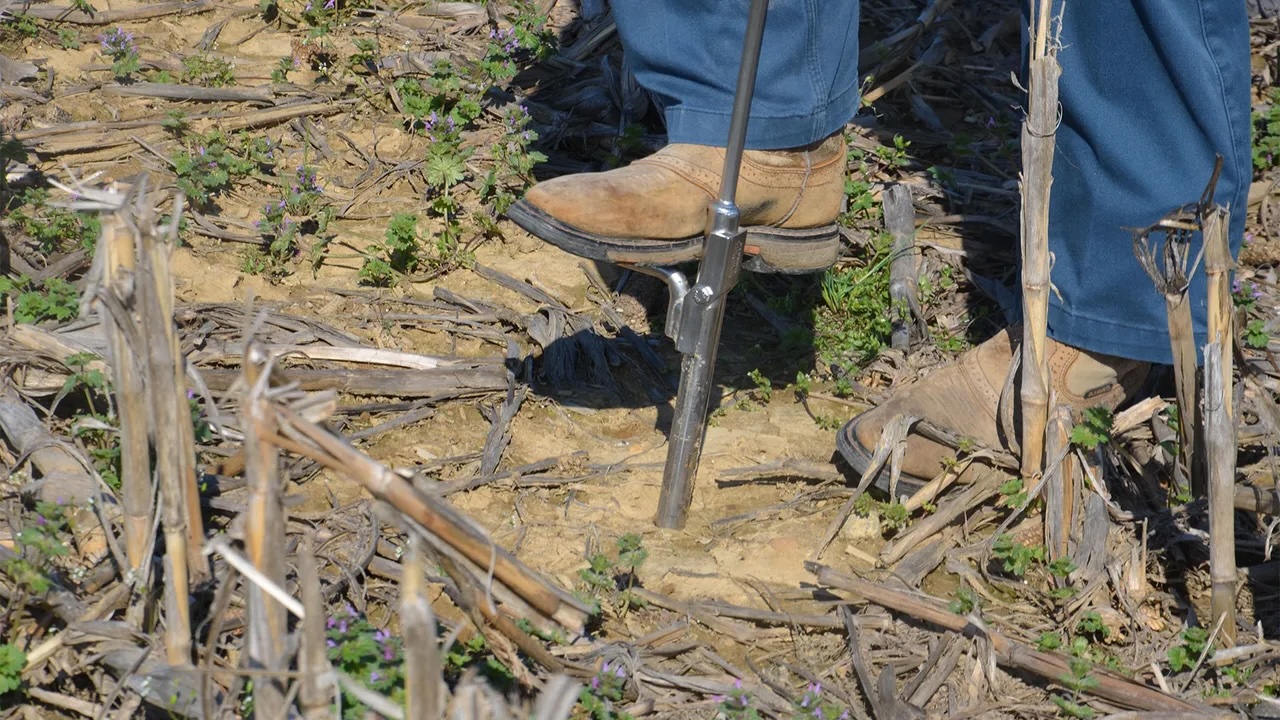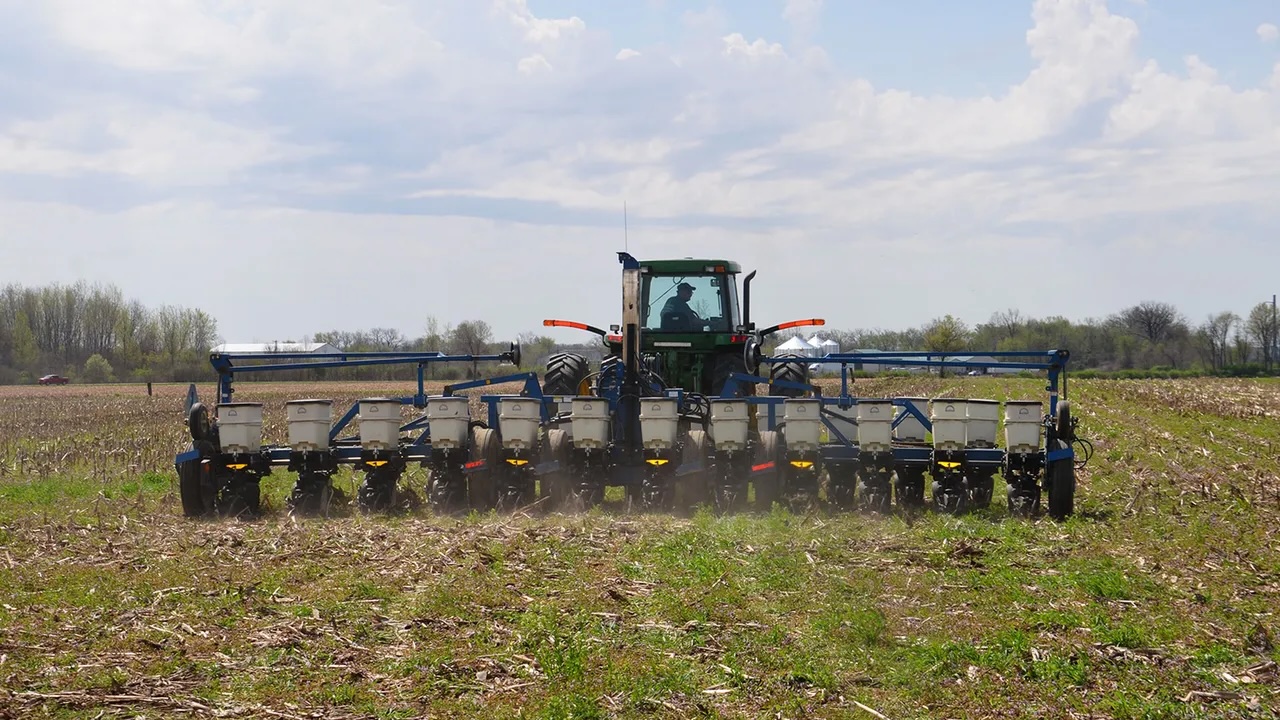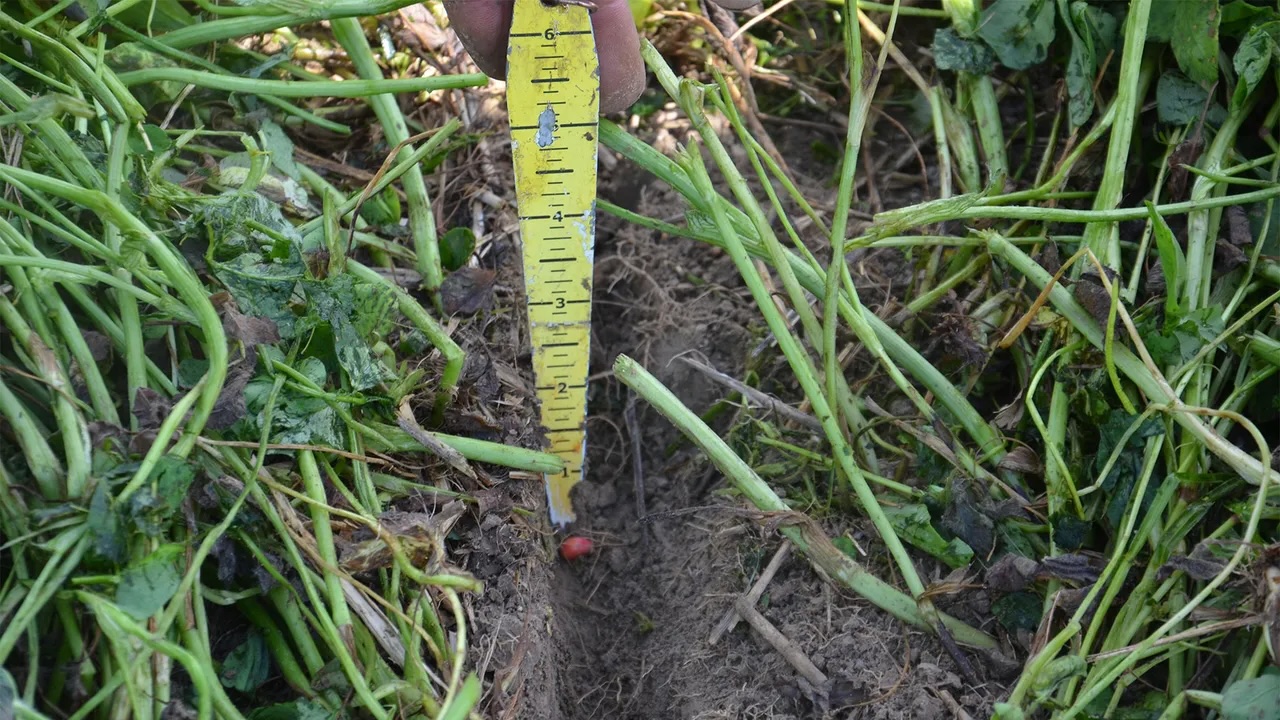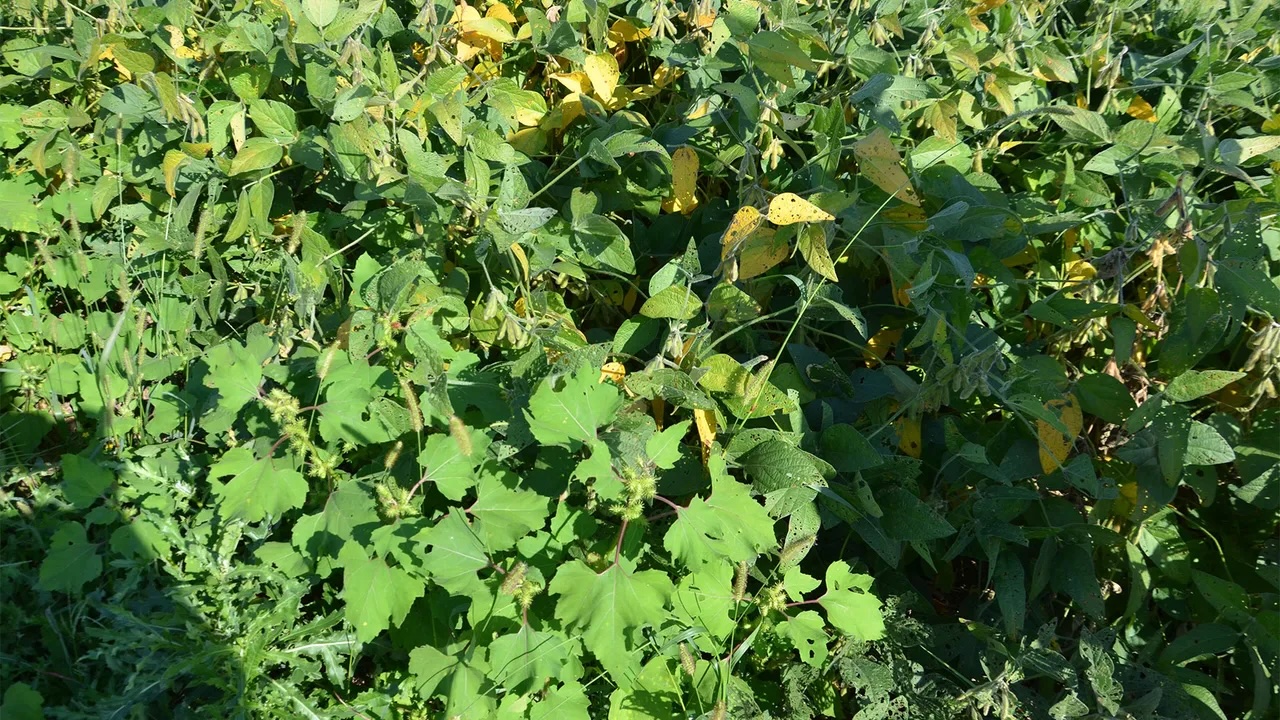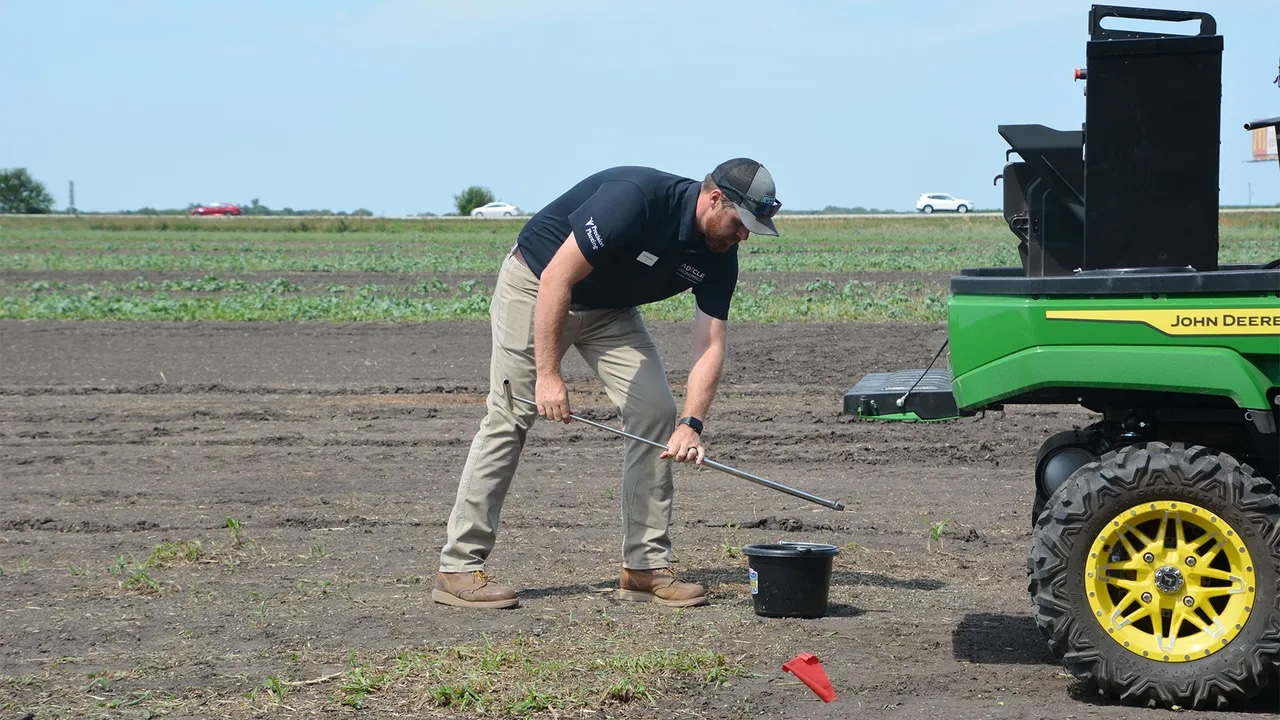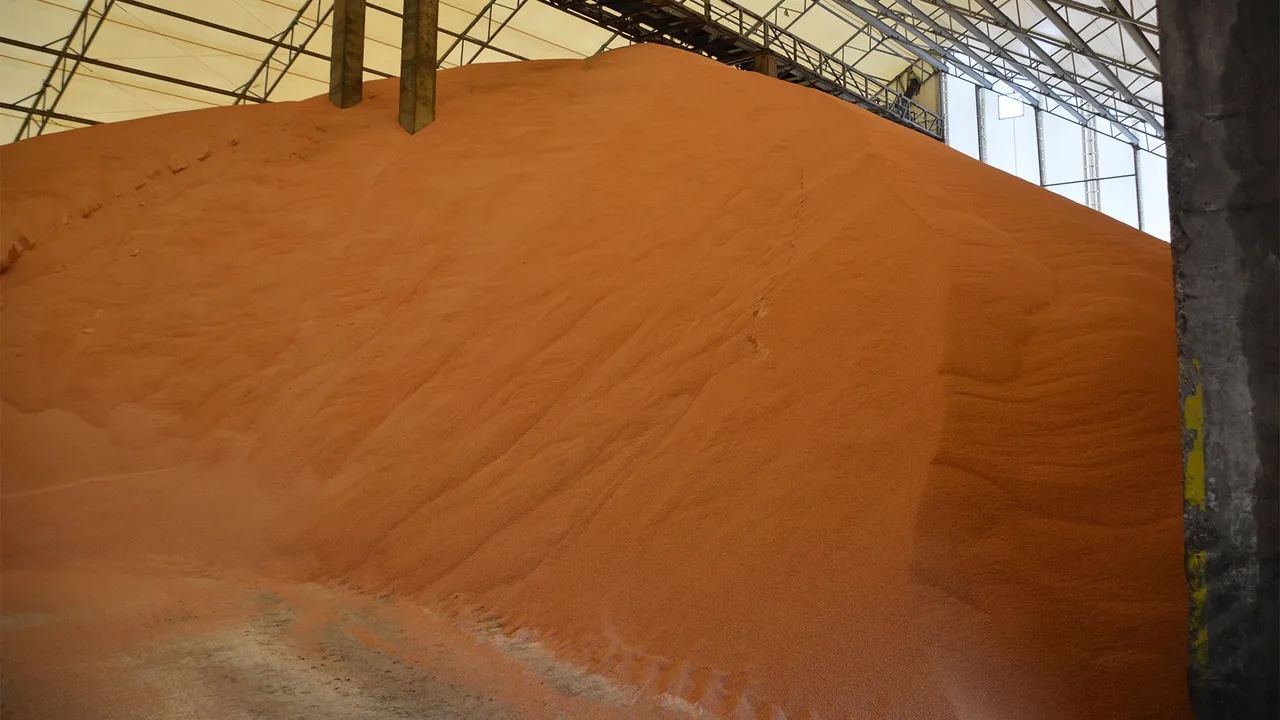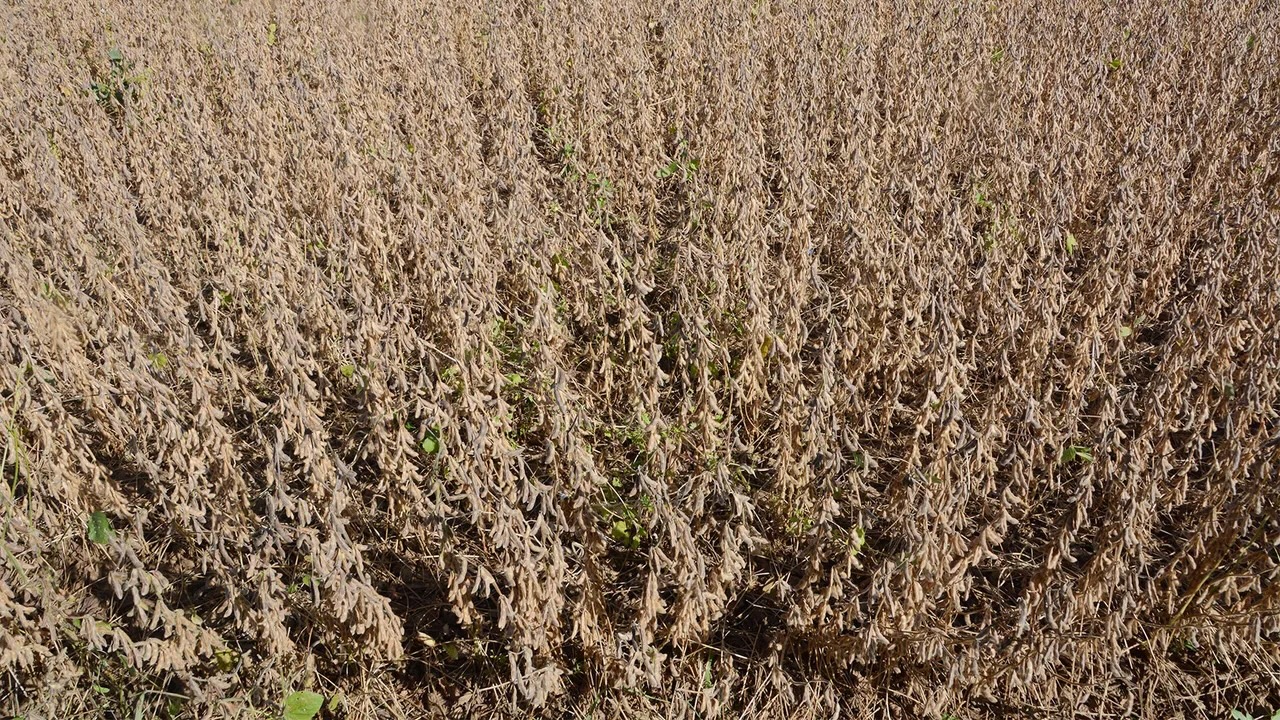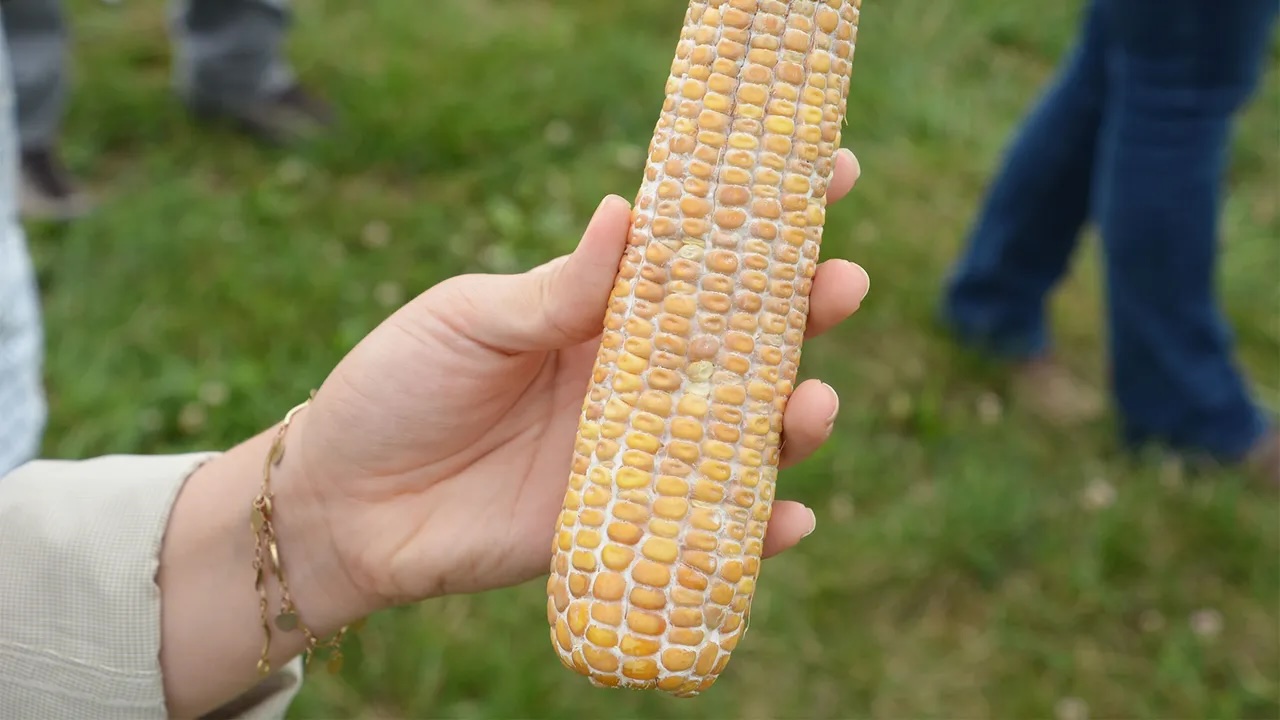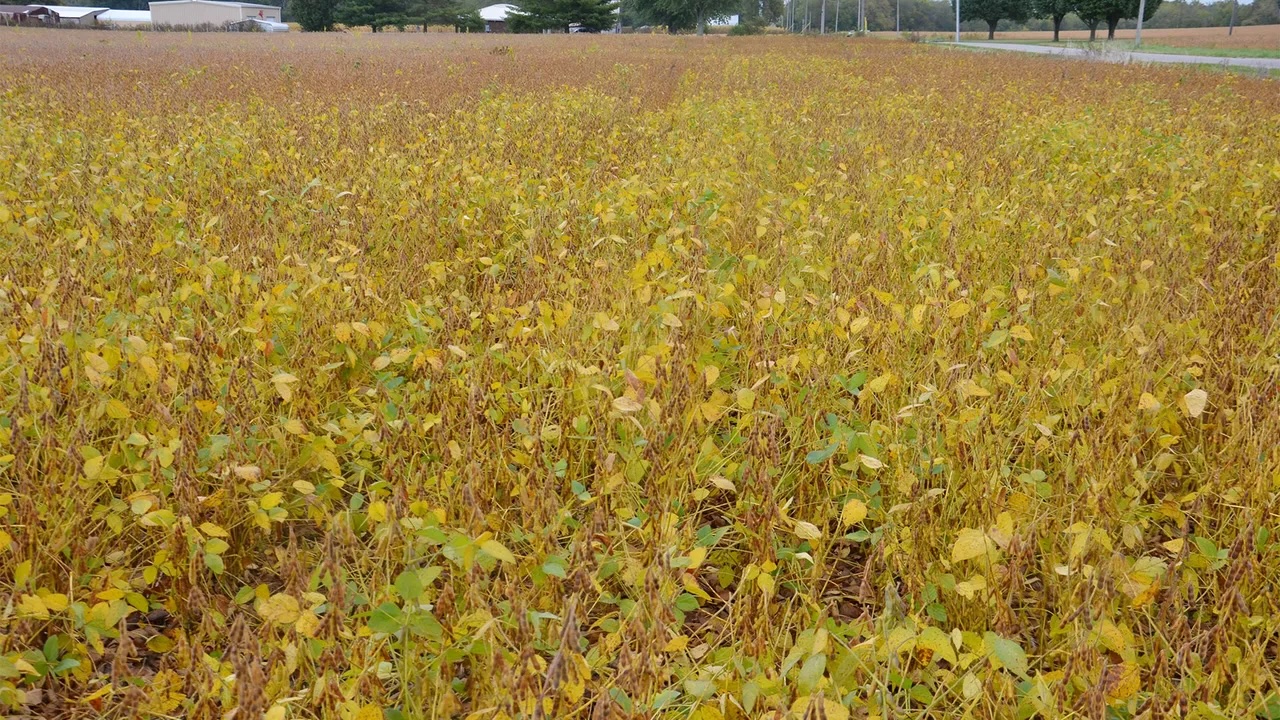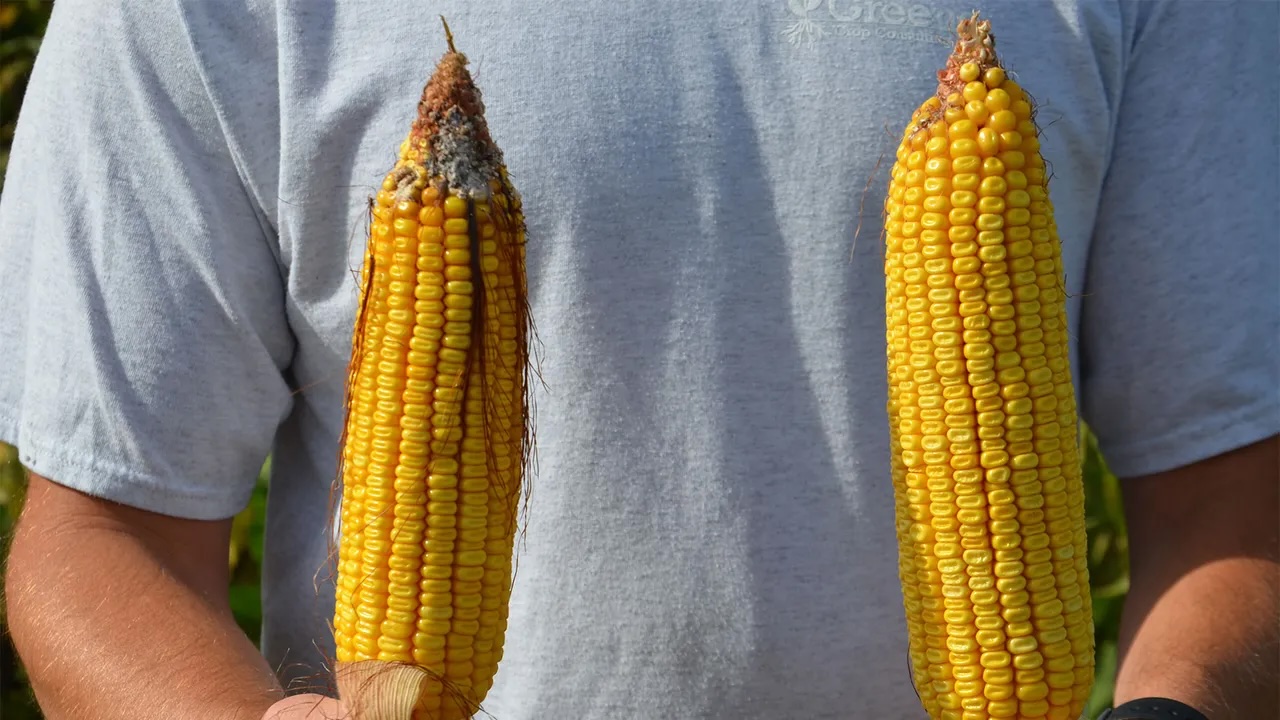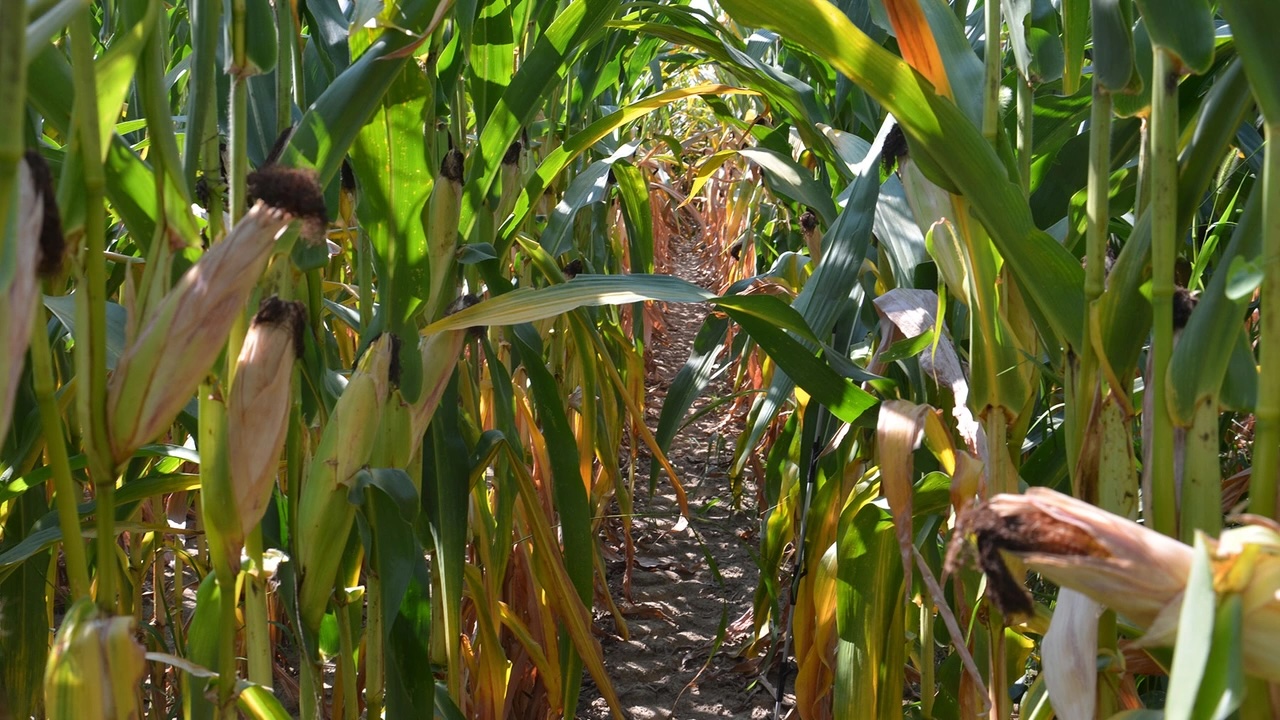Think more than yield when lowering seeding rates
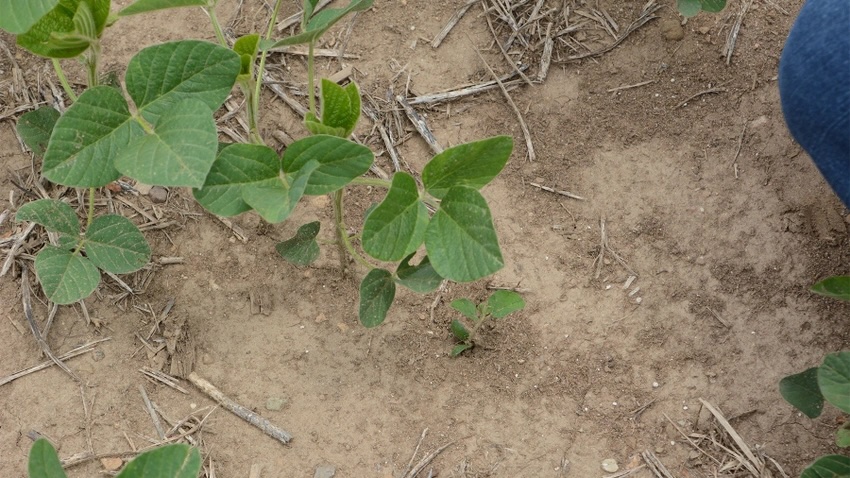
We’ve settled in at a soybean seeding rate of 140,000 for no-tilling into stalks in 15-inch rows. Is it time to move lower?
The Indiana certified crop advisers panel answering this question includes Andy Like, independent crops consultant, Vincennes; Jeff Nagel, agronomist with Ceres Solutions, Lafayette; and Marty Park, agronomist with Gutwein Seed Services, Rensselaer.
Like: Final stand counts of 90,000 to 100,000 produced top yields in recent years. However, dropping seeding rates this low does have some risk of replanting if you have a heavy rain or cold snap. Dropping 140,000 in good weather years may be excessive, but it could save you from replanting in a bad weather year.
Make seeding rate decisions based on time-of-planting weather forecasts. Yield loss associated with replanting three to four weeks later would certainly be more costly than planting 20,000 to 40,000 more soybean seeds per acre to ensure you have enough stand to maximize yield.
Nagel: Soybeans can yield well over a range of populations. Most research trials show that achieving a harvest population of around 100,000 on productive soils and 125,000 to 135,000 on lower-productivity soils will reach maximum or near maximum yields, regardless of row spacing. We have certainly seen populations below 100,000 still achieve high yields.
Lowering seeding rate below 140,000 is a possibility, but there are several factors to consider. Soybean variety, tillage system, planting date, white mold disease history, soil type and moisture-holding capacity, and weed pressure should all be considered.
To keep it simple, a target seeding rate of 140,000 is usually a good starting point in systems with narrower rows than 30 inches, and 130,000 works for 30-inch rows. Consider reducing rates 10% to 15% if you have fields with several of the following characteristics: good soil drainage, higher organic matter, fields with a history of white mold, lower residue and good planting conditions. If you are planting early into cool soils with high residue, lower-productivity soils or heavier weed pressure, consider increasing seeding rates by 10% to 15%.
Park: It depends upon how much risk you’re willing to assume, and how much safety margin you want. Replanting soybeans or living with a poor stand is not a position you want to be in. Consider these six things:
- Soil types. Cutting populations can work on very productive soils, but be careful on lower-productivity soils where soybeans struggle to shade rows and get height.
- Planting equipment. How good is your spacing, singulation and depth control on your 15-inch-row planter? As you reduce seeding rates, these performance factors become even more important.
- Germination percentage and seed treatment package. Know your germination scores. Use a very effective broad-spectrum seed treatment. Every seed needs to get out of the ground and grow vigorously when reducing rates.
- Planting conditions. Reducing rates might work fine when planting into a warm, clean seedbed with a good forecast. Planting into a cold seedbed with green vegetation and a poor forecast could be a mistake.
- Planting date. Lower seeding rates might work well for early planting. Be careful when it gets late. You get fewer nodes per plant.
- Weed pressure. Cutting rates impacts how quickly the crop canopies, which could impact weed control.


